Countless trends have come and gone in the plumbing business during the last several years. Plumbing experts have been leveraging these trends to inform their basic business strategies, from new equipment that increases productivity to the cutting-edge technology used for convenience.
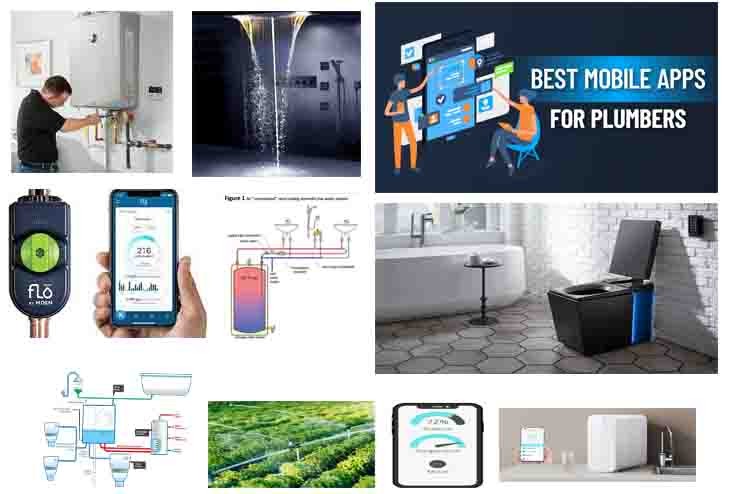
Being current with these trends and technologies is crucial for a professional in this field if they want to satisfy consumer expectations better and stand out from the competition.
Here are 12 cutting-edge plumbing technologies that are predicted to dominate the plumbing sector during the next few years.
12 Plumbing Technologies That Will Dominate The Future
Thanks to new plumbing technology, homeowners may save both money and time. The Environmental Protection Agency reports that –
- Householders may save a minimum of 20% more water by adopting fixtures and appliances that are more energy efficient.
The latest plumbing supplies are crucial for business clients that are concerned about the ecological effects of utilizing water more wisely. Learning new technologies in plumbing can provide you with a high-tech tool you can use to serve your consumers better.
Below, we have outlined the 12 best plumbing technologies that will rule in the next few decades.
#1 Smart Pipe Technologies
The days of unexpectedly discovering a wet basement or laundry room upon returning home are long gone. In order to prevent unanticipated water damage, new water pipe technology allows you to instantly identify leaks from a leaky toilet or broken water pipe. The integrated plumbing software will send notifications to your smartphone when it finds any leaks.

With the help of particular devices, smart pipe technology may measure humidity and temperature, track water flow and use, or entirely cut off the supply of water to the house during an emergency.
As professional installation is required for smart plumbing technology, homes that use it will receive smart plumbing tools and plumbing professional assistance. Smart pipe technology can be built with various pipe materials, including –
- Plastic pipe and fittings
- Copper pipe and fittings
- Cast-iron pipe and fittings
- Carbon steel pipe and fittings
#2 Tankless Water Heaters
Do you understand how plumbing functions? A local sewer or septic tank receives wastewater from the house as it is drained through the Drain-Waste-Vent (DWV) system, which is connected to the groundwater system that provides hot and cold water to the house.

According to the U.S. Department of Energy,
- Most tankless water heaters survive over 20 years, whereas storage water heaters can only last from 10 to 15 years. This plumbing technology may save homes $400 to $600 each year in energy bills.
Tankless water heaters are getting insanely popular. Typical large water heaters with storage may hold up to 80 gallons of hot water. Keeping the water boiling doesn’t require wasting electricity. On the other hand, smaller tankless water heaters heat water as it flows through them at a rate of 2 to 5 gallons per minute.
#3 Hot Water Recirculation
A hot water recirculation pump provides you with hot water fast and exactly when you need it, saving you from wasting water by allowing cold water to circulate through pipelines until it becomes hot.

Also, pumps can be positioned close to the faucet. Plumbers implement this plumbing technology in both storage tanks and tankless water heaters.
A pump that comes with a timer can be programmed to shut off, giving you fast hot water when you need it most while retaining any extra water in the tank to reduce waste.
#4 Advanced Faucets
Several years ago, voice-activated calls seemed like futuristic plumbing technology. Now, the availability of hands-free kitchen and bathroom faucets is widespread, giving homeowners a wide range of alternatives.
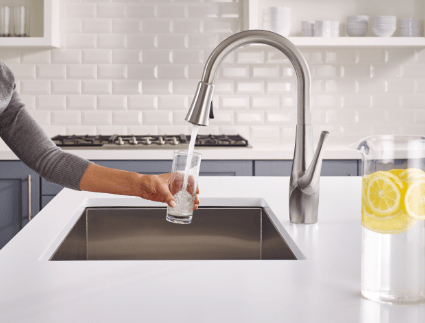
These touchless faucets may be switched on or off without touching the handle and can deliver the appropriate volume of water whenever necessary. They are controlled by a digital voice assistant.
Another cutting-edge alternative that is widely accessible for home or office is touchless calls utilizing motion sensors. These were previously exclusively found in commercial setups.
#5 Smart Water Heaters
The fact that homeowners are seeking energy-saving strategies is rather typical given that,
- Heating water uses roughly 18% of the energy consumed by a typical home.
In order to ensure that the water heater is accessible when required, smart water heaters use data on water usage and water temperature trends. Modern plumbing appliances ensure no energy is wasted while heating water or when nobody is around. That is because they can be turned on and off remotely.
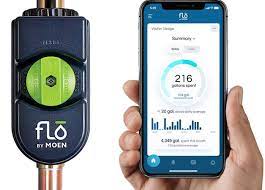
Homeowners may discover smart gadgets to attach directly to their current water heaters if they desire technologically advanced plumbing and heating capabilities without altering their equipment.
#6 Smart Shower Heads
New plumbing innovations include more opulent showers. Smart showers provide practical alternatives, beginning or ending a shower in response to your voice. The quality of the steam and the water temperature can be set according to the preferences of every family member.
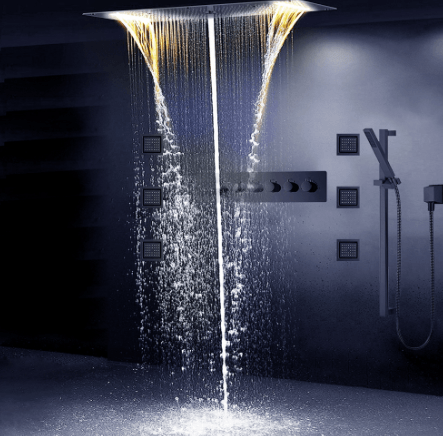
Other cutting-edge alternatives emphasize energy-saving functions. Moving away from the showerhead can lessen water flow, or the person can completely stop it. Water use may be tracked via equipment.
#7 Greywater Recycling
The Environmental Protection Agency‘s water consumption figures reveal that –
– The typical family consumes more than 300 gallons of water each day, with toilets and showers taking the majority of it.
Surprisingly, between 50 – 80% of the water consumed by a building may be recycled for other uses, which is referred to as “greywater.”
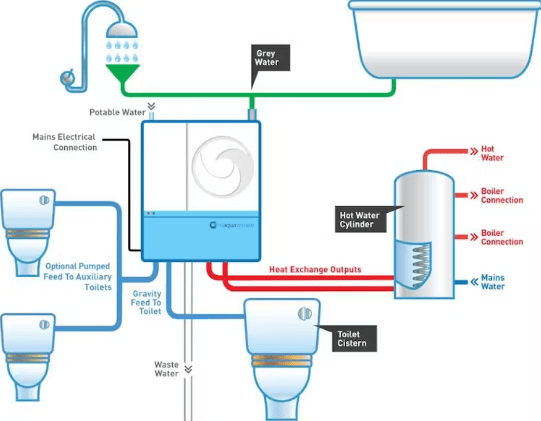
The use of greywater systems is becoming increasingly widespread as households become more cost and ecologically aware. The sustainability of water is a serious issue in regions of the nation that are prone to drought.
Based on the water distribution systems, greywater systems may be divided into two categories:
- Gravity-fed manual systems
- Package systems
Greywater plumbing systems utilize water from sinks, washers, and showers that haven’t come into contact with waste. Depending on the greywater system, this water is either filtered or cleaned before being used for washing, irrigation, or even flushing toilets.
#8 Smart Irrigation Systems
Traditionally used to water gardens and lawns, sprinkler systems now function more intelligently. When it comes to delivering water to sprinkler controllers at the appropriate moment, Green River Sensing technology combines weather reports and sensor data.
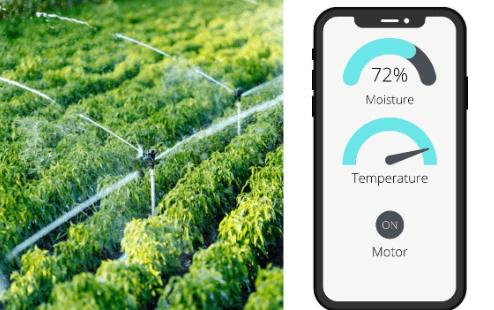
While thinking about the newest plumbing technology, consider the sort of irrigation system being utilized, such as an underwater sprinkler system. The number of necessary zone configurations must also be kept in mind.
Before choosing a smart sprinkler system, consumers should consider their irrigation demands and hydration schedule as they would with any smart device.
#9 Advanced Toilets
Additional bathroom amenities, including smart toilets that flush, wash, or clean themselves, are made possible by new plumbing technology. Regular toilets don’t have many of the conveniences that smart toilets do.
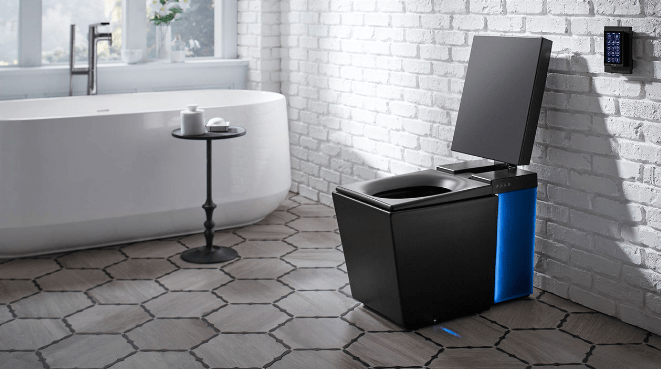
Additionally, they include outstanding water-saving features not found in regular toilets, as well as overflow safety, which significantly reduces the likelihood that a blocked toilet would result in spillage.
Customers seek out smart plumbing items not just for comfort but also for the improved cleanliness and water savings they provide. Many of the functions that smart toilets have been absent from traditional toilets, such as –
- Water-saving features
- Overflow protection
- Automatic flushing
- Air dryer
- Foot warmer
- Heated seating
- Remote control
- Automatic flushing
- Self-deodorizer
- Self-cleaning features
- Slow closing lid
- Nightlight
- Bluetooth and MP3 functions
#10 WiFi Water Filtration
For plumbing safety and plumbing fixtures, the water filtration system for the entire house may be monitored thanks to advanced plumbing technology, allowing customers to monitor their water consumption and get notifications on their smartphones in the case of a leak or a running faucet.
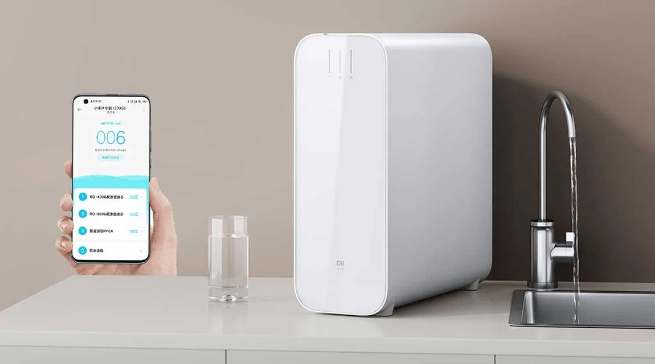
Users may remotely turn off the water using this technology from any location. A WiFi signal has to be present at the filter position for these functionalities to function. Certain water softeners also come with comparable tracking functions.
#11 Leak Detectors
Leak detectors are among the most frequently sought technologies. Buying a leak detection device obviously raises two significant issues. The first one is severe flooding, which is the most evident of these. People want to limit the amount of damage because they are worried that a pipe could leak or burst.
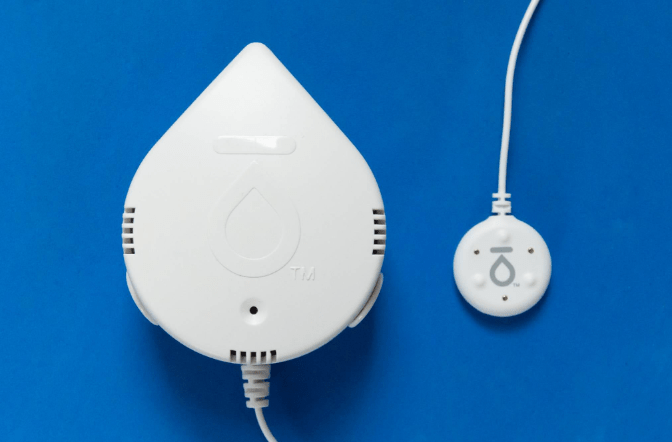
Second, the expense of repairing leaky pipes is another issue that worries individuals. The cost of water wasted due to a faulty pipe may increase over time. To prevent such costs, people seek to find leaks quickly.
#12 Plumbing Software or Apps to Boost Your Business
Using a mobile tablet, technicians can swiftly estimate plumbing projects and send clients invoices while still sitting in the office. Furthermore, teamwork may be monitored in real-time.
With advanced plumbing software, you can increase the productivity of your plumbing business.
You can easily establish customized email campaigns with digital marketing solutions like ServiceTitan Plumbing Software and professional marketing templates. You can determine what is functioning and what isn’t by utilizing such applications. You may now have all the information you need to expand your plumbing company.

Wrapping Up
The leading trends in the plumbing sector are being driven by convenience along with a desire to cut costs and protect the environment. If you work in the plumbing industry, keep in mind the patterns discussed in this article and use them to inform your purchasing choices.

